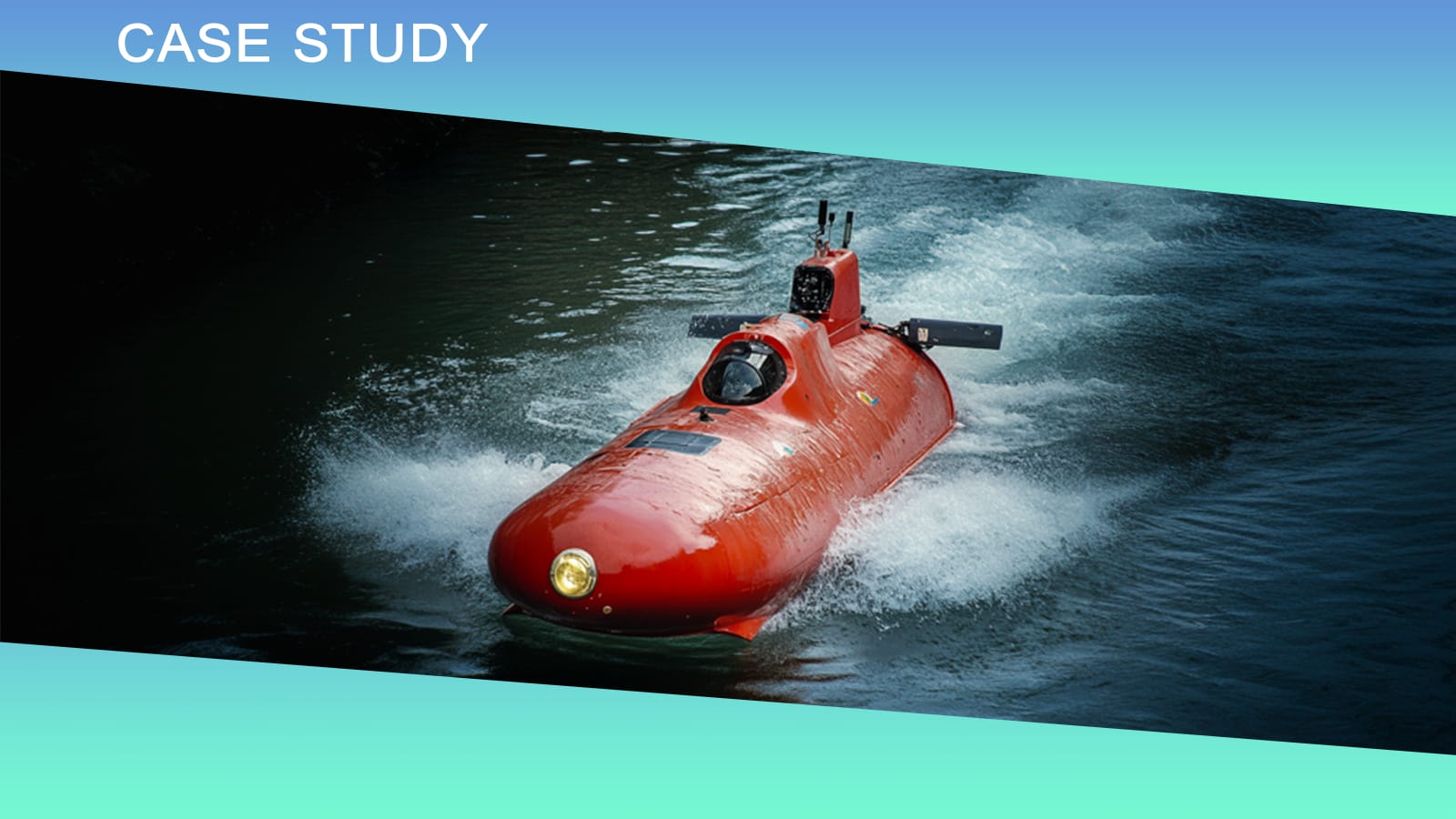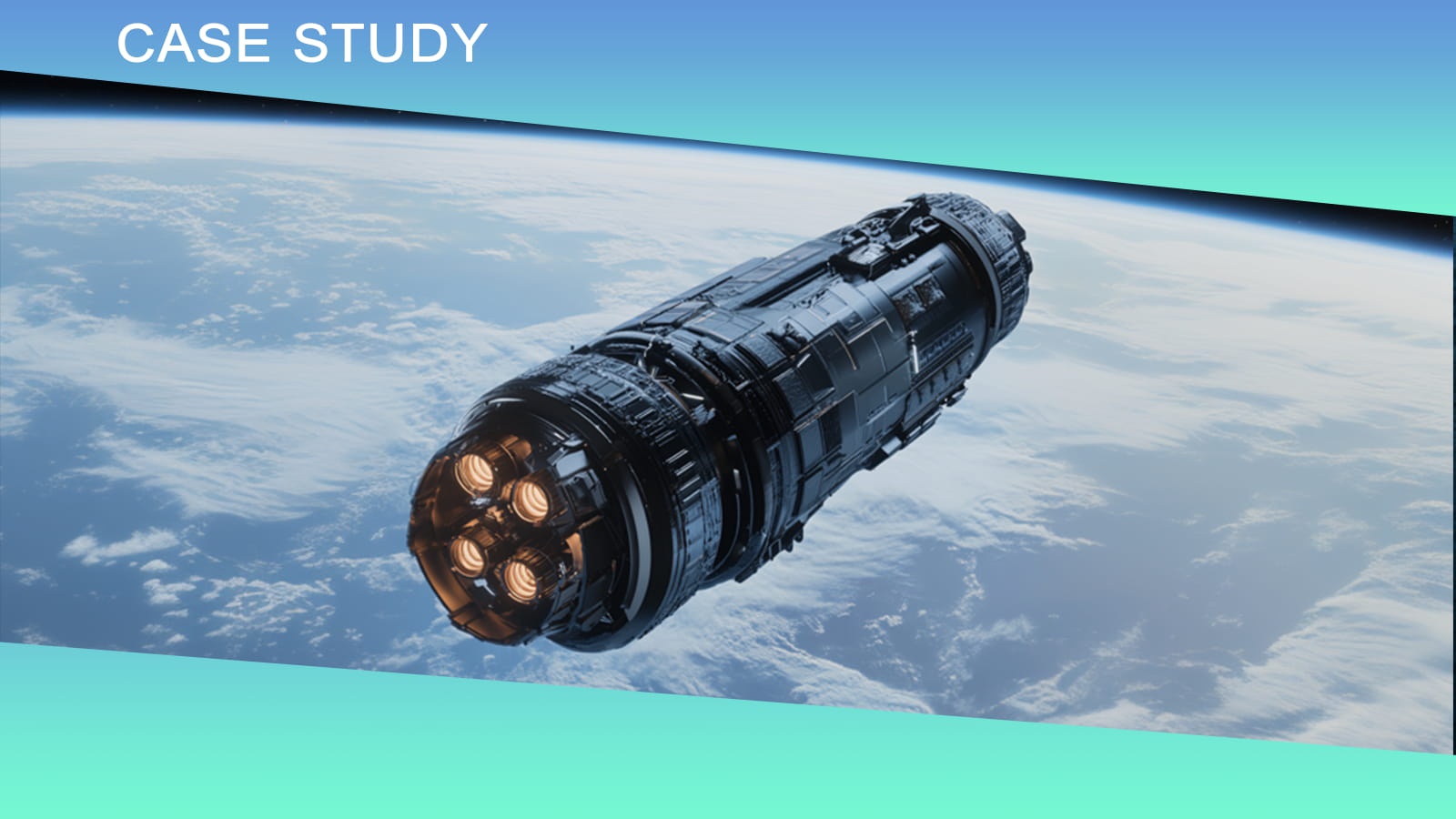Analysis of MEMS Gyroscope Drive Mode Control Loop
Jan 10, 2025
Key Points
Product: Pure Inertial Navigation System (INS) Based on IMU
Key Features:
Components: Uses MEMS accelerometers and gyroscopes for real-time measurement of acceleration and angular velocity.
Function: Integrates initial position and attitude data with IMU measurements to calculate real-time position and attitude.
Applications: Ideal for indoor navigation, aerospace, autonomous systems, and robotics.
Challenges: Addresses sensor errors, cumulative drift, and dynamic environment impacts with calibration and filtering methods.
Conclusion: Provides precise positioning in challenging environments, with robust performance when combined with auxiliary positioning systems like GPS.
MEMS gyroscope is dependent on Coriolis force sensitive angular velocity, and its control system is divided into drive mode control loop and detection mode control loop. Only by ensuring the real-time tracking of drive mode vibration amplitude and resonant frequency can the detection channel demodulation obtain accurate input angular velocity information. This paper will analyze the driving mode control loop of MEMS gyro from many aspects.
Drive modal control loop model
The vibration displacement of the MEMS gyroscope drive mode is converted into capacitance change through the comb capacitor detection structure, and then the capacitance is converted into the voltage signal characterizing the gyroscope drive displacement through the ring diode circuit. After that, the signal will enter two branches respectively, one signal through the automatic gain control (AGC) module to achieve amplitude control, one signal through the phase locked loop (PLL) module to achieve phase control. In the AGC module, the amplitude of the drive displacement signal is first demodulated by multiplication and low-pass filter, and then the amplitude is controlled at the set reference value through the PI link and the control signal of the drive amplitude is output. The reference signal used for multiplication demodulation in the PLL module is orthogonal to the demodulation reference signal used in the AGC module. After the signal passes through the PLL module, the driving resonant frequency of the gyroscope can be tracked. The output of the module is the control signal of the driving phase. The two control signals are multiplied to generate the gyroscope drive voltage, which is applied to the drive comb and converted into electrostatic driving force to drive the gyroscope drive mode, so as to form a closed-loop control loop of the gyroscope drive mode. Figure 1 shows the drive mode control loop of a MEMS gyroscope.
Figure 1. MEMS gyroscope drive mode control structure block diagram
Drive modal transfer function
According to the dynamic equation of the driving mode of the vibrating MEMS gyroscope, the continuous domain transfer function can be obtained by Laplace transform:
Where, mx is the equivalent mass of the gyroscope drive mode, ωx=√kx/mx is the resonant frequency of the drive mode, and Qx = mxωx/cx is the quality factor of the drive mode.
Displacement-capacitance conversion link
According to the analysis of the detection capacitance of the comb teeth, the displacement-capacitance conversion link is linear when the edge effect is ignored, and the gain of the differential capacitance changing with the displacement can be expressed as:
Where, nx is the number of active combs driven by gyroscopic mode, ε0 is the vacuum dielectric constant, hx is the thickness of the driving detection combs, lx is the overlap length of the driving detection active and fixed combs at rest, and dx is the distance between the teeth.
Capacitance-voltage conversion link
The capacitor-voltage conversion circuit used in this paper is a ring diode circuit, and its schematic diagram is shown in Figure 2.
Figure 2 Schematic diagram of ring diode circuit
In the figure, C1 and C2 are gyroscope differential detection capacitors, C3 and C4 are demodulation capacitors, and Vca are square wave amplitudes. The working principle is: when the square wave is in the positive half cycle, the diode D2 and D4 are switched on, then the capacitor C1 charges C4 and C2 charges C3; When the square wave is in positive half period, the diodes D1 and D3 are switched on, then the capacitor C1 discharges to C3 and C2 discharges to C4. In this way, after several square wave cycles, the voltage on the demodulated capacitors C3 and C4 will stabilize. Its voltage expression is:
For the silicon micromechanical gyroscope studied in this paper, its static capacitance is in the order of several pF, and the capacitance variation is less than 0.5pF, while the demodulation capacitance used in the circuit is in the order of 100 pF, so there are CC0》∆C and C2》∆C2, and the capacitor voltage conversion gain is obtained by simplified formula:
Where, Kpa is the amplification factor of the differential amplifier, C0 is the demodulation capacitance, C is the static capacitance of the detection capacitance, Vca is the carrier amplitude, and VD is the on-voltage drop of the diode.
Capacitance-voltage conversion link
Phase control is an important part of MEMS gyroscope drive control. The phase-locked loop technology can track the frequency change of the input signal in its captured frequency band and lock the phase shift. Therefore, this paper uses the phase-locked loop technology to enter the phase control of the gyroscope, and its basic structure block diagram is shown in Figure 3.
Figure. 3 Block diagram of the basic structure of PLL
PLL is a negative feedback phase automatic regulation system, its working principle can be summarized as follows: The external input signal ui(t) and the feedback signal uo(t) output of the VCO are input to the phase discriminator at the same time to complete the phase comparison of the two signals, and the output end of the phase discriminator outputs an error voltage signal ud(t) reflecting the phase difference θe(t) of the two signals; The signal through the loop filter will filter out the high-frequency components and noise, get a voltage control oscillator uc(t), the voltage control oscillator will adjust the frequency of the output signal according to this control voltage, so that it gradually closer to the frequency of the input signal, and the final output signal uo(t), When the frequency of ui(t) is equal to uo(t) or a stable value, the loop reaches a locked state.
Automatic gain control
Automatic gain control (AGC) is a closed-loop negative feedback system with amplitude control, which, combined with phase-locked loop, provides amplitude and phase stable vibration for the gyroscope drive mode. Its structure diagram is shown in Figure 4.
Figure 4. Automatic gain control structure block diagram
The working principle of automatic gain control can be summarized as follows: the signal ui(t) with the gyroscope drive displacement information is input to the amplitude detection link, the drive displacement amplitude signal is extracted by multiplication demodulation, and then the high-frequency component and noise are filtered by low-pass filter; At this time, the signal is a relatively pure DC voltage signal that characterizes the drive displacement, and then controls the signal at the given reference value through a PI link, and outputs the electric signal ua(t) that controls the drive amplitude to complete the amplitude control.
Conclusion
In this paper, the driving mode control loop of MEMS gyro is introduced, including model, dislock-capacitance conversion, capacitance-voltage conversion, phase-locked loop and automatic gain control. As a manufacturer of MEMS gyro sensor, Micro-Magic Inc has done detailed research on MEMS gyros, and often popularized and shared the relevant knowledge of MEMS gyro. For a deeper understanding of MEMS gyro, you can refer to the parameters of MG-501 and MG1001.
If you are interested in more knowledge and products of MEMS, please contact us.
MG502
MEMS Gyroscope MG502













 Network Supported
Network Supported